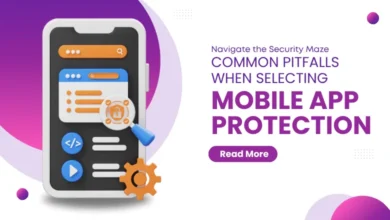Make Life Easier With 2021’s Best Wheelchair Accessories
Did you know that there are over 2.7 million wheelchair users in the USA? If you’re a wheelchair user, then you know that despite improvements to wheelchairs, doing basic tasks and moving around your local area can be difficult.
The good news is that technology is improving and providing new wheelchair accessories to increase the mobility and safety of wheelchairs.
What types of accessories are available? Why not read on to find out?
Wheelchair Personal Organizer
One of the major difficulties in using a wheelchair is the lack of storage space. This is especially true if the wheelchair is not battery-powered and you use your arms to turn the wheels.
An attachable personal organizer can make this situation much easier. You can attach it to the back or sides of your chair, easily within arm’s reach. This means that if you go to the park on a sunny day, your sunglasses, phone tablet, or books are all safely stowed away.
If you are concerned that this will add extra weight to your wheelchair, have you considered getting a more lightweight wheelchair? You can read more here about the various options available.
Door Opening Sensors
Door sensors are one of the most important electric wheelchair accessories you can get. If a person does not have strong upper body strength, the daily tasks of maneuvering around their house can be very tiring.
Avoid this by having mechanical door openers fitted in your house and then using a remote control that is fitted to your wheelchair. This will prevent opening doors from becoming an exhausting process that can lead to muscle strains from overreaching.
Washing Accessories
Bathing, washing, and showering are just some of the range of challenges that wheelchair users have to face each day. However, there are some accessories for wheelchair users that can make this easier.
Consider the shampoo tray that sits on the sink in your bathroom. You can reverse to the sink and lean back into the shampoo tray as if you were at the hairdresser salon.
This allows you to wash your hair thoroughly without having to leave your chair. This is one of the simplest yet most valuable wheelchair parts available.
Ramps
All wheelchair users know that they have to consider the route before they set off anywhere. They know how many journeys have been cut short by unexpected staircases or unsuitable entrances.
Overcome many of these obstacles by carrying portable ramps with you in your wheelchair. These ramps are made from lightweight materials and are available in a number of sizes and shapes.
These ramps will allow you to be completely independent, as you will not need a helper to assist you in getting over curbs. These small ramps can make the difference between your shopping on your own or needing a person to accompany you.
Get the Most Effective Wheelchair Accessories in 2021
As technology improves, it is providing more and more accessories to make the life of wheelchair users easier and safer. By utilizing the wheelchair accessories we have discussed today, you can increase your level of comfort and mobility.
If you would like to learn more about these important subjects, why not follow our blog page for more information.






